To identify microfiber, look for fibers that are incredibly fine—about 1/100th the size of a human hair. High-quality microfiber usually consists of 80% polyester and 20% polyamide, giving it excellent dust and dirt-trapping properties. Check the weave; a tight weave indicates better quality. Conduct a mirror test: if it leaves behind minimal lint, you're likely holding good microfiber. Finally, inspect the edges; well-finished, soft edges suggest durability. By following these tips, you can easily recognize quality microfiber products, and there's even more you can explore about their features and benefits.
What Is Microfiber?
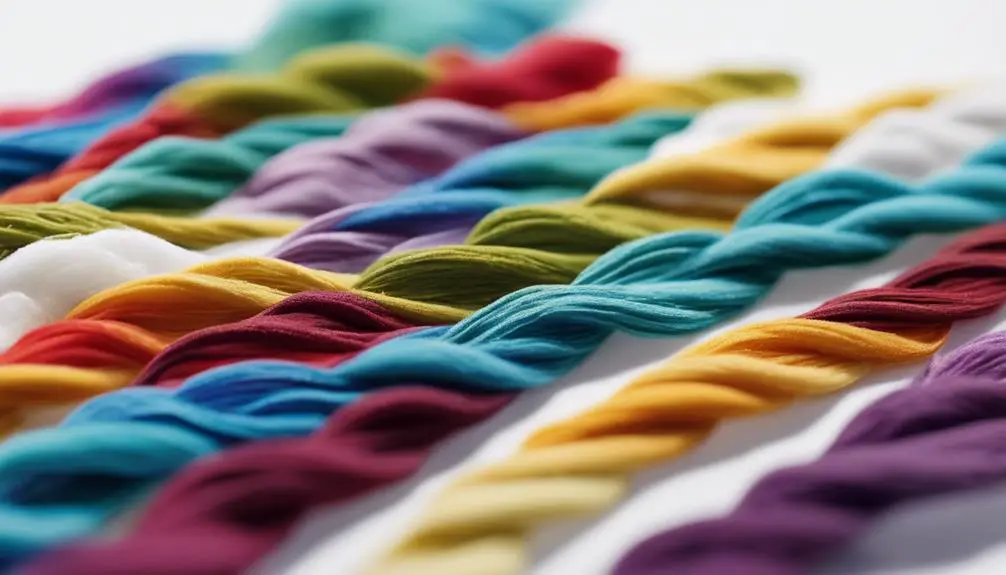
Microfiber is a unique material defined by its incredibly fine fibers, measuring 1 decitex or less in diameter—about 1/100th the size of a human hair. This exceptional fineness allows microfiber to pick up dirt and dust more effectively than traditional cleaning supplies. High-quality microfiber is made from a blend of polyester and polyamide (nylon), which enhances its ability to attract particles.
When you look at types of microfiber cloths, you'll notice that high-quality options can contain around 200,000 fibers per square inch. The split fibers create tiny spaces that act like hooks, capturing dust and grime. This increased surface area is a key reason why microfiber cloths outperform regular materials in cleaning tasks.
Whether you're using microfiber for dusting, polishing, or wiping, you'll appreciate how efficiently it handles messes. Remember, the effectiveness of microfiber largely depends on its quality and composition, so always choose products with a reputable blend of polyester and polyamide for the best results. With the right microfiber cloths, you'll find cleaning becomes a much simpler and more effective task.
A Brief History of Microfiber
Have you ever wondered how microfiber became the versatile material we rely on today? Its history dates back to the late 1950s in Japan, where it was first created for cleaning machine parts. This innovative synthetic material, made from polyester, was initially intended for industrial use. However, the development of Ultrasuede in the 1970s marked a turning point, popularizing microfiber in the fashion and furniture industries.
By the 1990s, microfiber gained significant traction as a household cleaning material, particularly in Sweden, where its effectiveness caught many people's attention. Its entry into the US market in the early 2000s brought even more applications, transforming how we clean our homes and maintain our belongings.
In 2006, microfiber hair towels, like the Turbie Twist, showcased the fabric's versatility, proving it wasn't just for cleaning. This evolution highlights how microfiber has adapted and expanded, moving from a niche industrial product to a staple in households around the world. The journey of microfiber demonstrates the incredible potential of synthetic materials and their impact on everyday life.
Characteristics of Microfiber
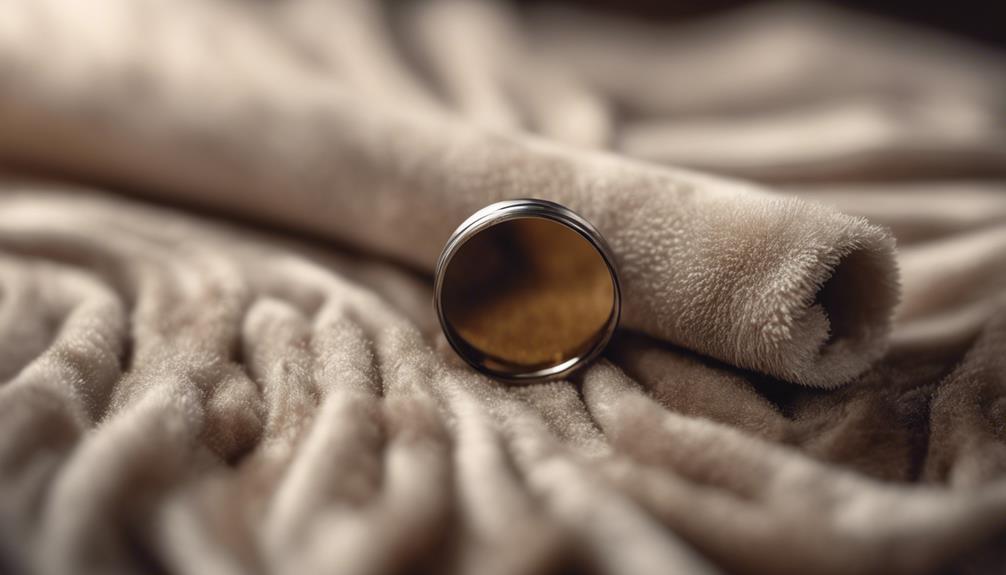
Often overlooked, the characteristics of microfiber make it a standout choice for various applications. When you choose microfiber towels, you're opting for a fabric that's finer than silk and human hair, boasting a unique structure that enhances its cleaning capabilities. Here are some key traits to evaluate:
- Superior Absorbency: Microfiber is more absorbent than cotton, thanks to its split fibers that create a larger surface area.
- Effective Cleaning: The densely packed fibers trap dust and dirt, making it easier to clean surfaces without leaving streaks.
- Soft Texture: Quality microfiber feels smooth and soft to the touch, ensuring it won't scratch delicate surfaces.
Typically, high-quality microfiber consists of a blend of 80% polyester and 20% polyamide. This blend optimizes both durability and absorbency. When selecting microfiber towels, look for those with these characteristics, as they indicate authenticity and effectiveness. Remember, the right microfiber cloth can greatly improve your cleaning routine, making it an essential item in your toolkit.
Identifying Quality Microfiber
Quality matters when it comes to microfiber, as the right choice can considerably impact your cleaning results. To identify good microfiber, start by examining the weave. Hold the cloth up to sunlight; a tight weave indicates quality, while a loose weave suggests poor performance. Next, look for visible fibers without any adhesive covering them. This guarantees that the microfiber used will clean effectively.
You can also conduct a simple mirror test. Rub the microfiber against a dark surface—if it leaves no lint behind, you've got a high-quality option. Pay attention to the edges, too; soft, covered edges are best, as rough or exposed ones can attract dirt and reduce durability.
Lastly, check the fiber composition. The ideal blend for good microfiber is 80% polyester and 20% polyamide, which offers the best absorbency and durability. By measuring one against these criteria, you can confidently select a microfiber cloth that will meet your cleaning needs and stand the test of time. Whether you're choosing different types for specific tasks or just looking for a reliable option, knowing how to identify quality microfiber makes all the difference.
Testing Microfiber Performance
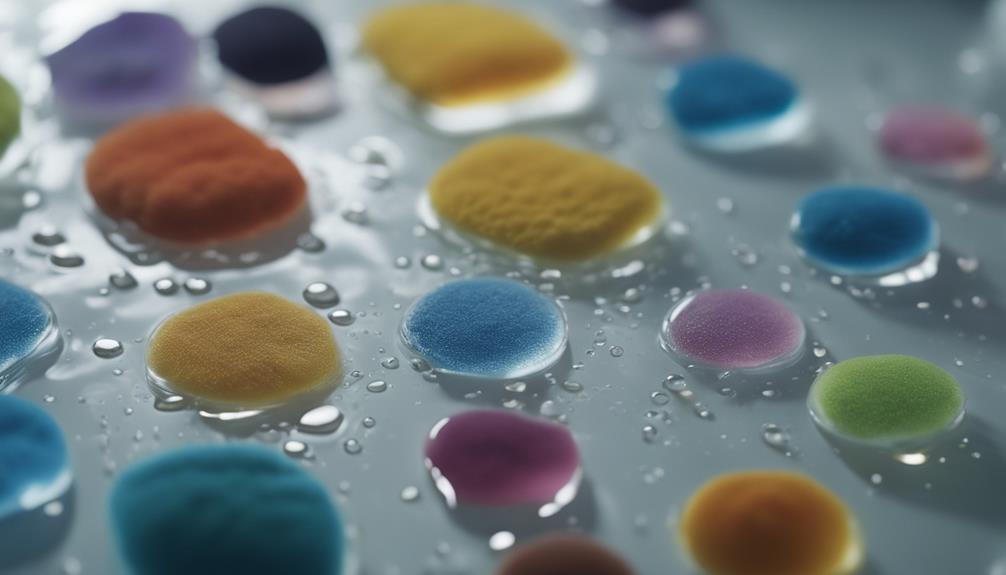
Testing the performance of microfiber is essential to guarantee you're using the right tools for effective cleaning. To verify you're working with high-quality microfiber, you can conduct several simple tests.
- Water Wicking Test: Place drops of water on the cloth. High-quality microfiber should absorb the water quickly without leaving streaks behind.
- Lint Test: Rub the microfiber cloth against a dark surface to check for lint residue. A quality cloth should leave minimal to no lint.
- Edge Quality Check: Inspect the stitching along the edges. Well-finished edges shouldn't fray, which contributes to the cloth's durability and lifespan.
Additionally, assess the absorbency by wetting the cloth and observing how well it picks up spills. Effective microfiber can absorb up to seven times its weight in liquid. Finally, examine the cloth under sunlight to verify a tight weave, as loose weaves can indicate lower quality and reduced cleaning effectiveness. By conducting these tests, you can confidently evaluate the microfiber's performance and verify it meets your cleaning needs.
Care and Maintenance
How can you guarantee your microfiber towels remain effective over time? Start by washing microfiber towels before their first use. This helps reduce lint and boosts their cleaning effectiveness. When washing microfiber, always separate them from other fabrics. This prevents lint transfer and preserves their quality.
Use warm water and a gentle liquid detergent for cleaning microfiber towels. Avoid fabric softeners; they can clog the fibers, reducing absorbency and overall performance. Remember, proper care and maintenance are essential for longevity.
After washing, hang your microfiber towels to air dry. High heat from tumble drying can cause the fibers to melt, compromising their ability to clean effectively. Regularly inspect your microfiber towels for any signs of wear or damage. Keeping an eye on their condition guarantees you'll achieve the best cleaning results.
Types of Microfiber Cloths
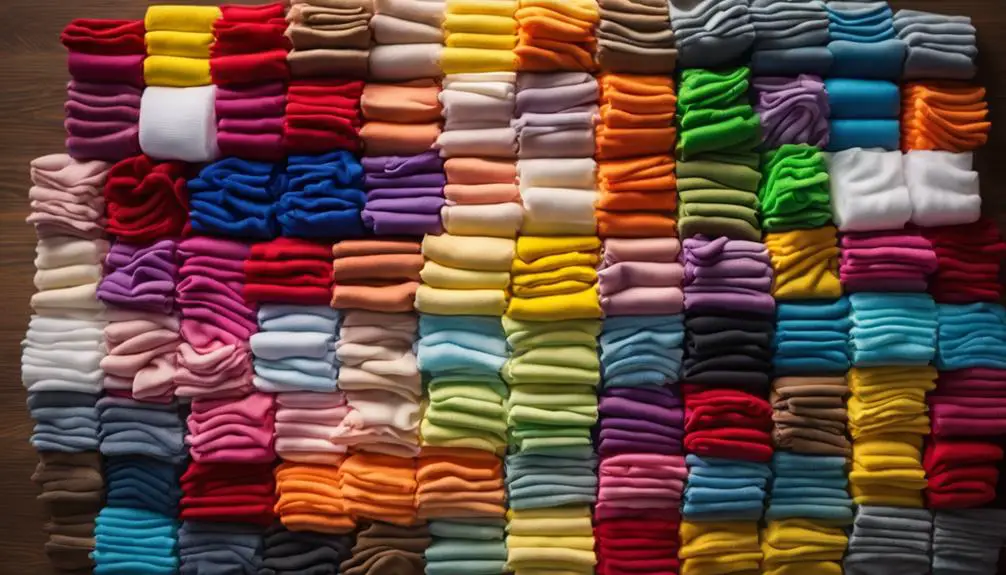
Understanding the different types of microfiber cloths can enhance your cleaning experience and help you choose the right tool for the job. There are primarily two types of microfiber: fuzzy nap cloths and smooth, silky cloths.
- Fuzzy Nap Cloths (Microtex): Great for general cleaning on non-optical surfaces, these have a textured surface that provides friction for scrubbing.
- Smooth Cloths (Microglass): Perfect for delicate surfaces like glasses and camera lenses, these silky cloths are designed for dry cleaning without scratches.
- Specialty Cloths: Ultra-plush polishing cloths fall into this category, ideal for applying or removing polishes on delicate surfaces.
All-purpose microfiber cloths are versatile and can safely tackle various tasks, while glass cloths excel in glass cleaning, effectively eliminating streaks. Remember to wash microfiber properly to maintain their effectiveness, and consider folding and storing them in small plastic holders to extend their lifespan. By understanding these types of microfiber products, you'll be well-equipped to select the right cloth for your specific cleaning needs.
Environmental Considerations
Using microfiber cloths can enhance your cleaning routine, but it's important to contemplate their environmental impact. Microfiber towels are primarily made from synthetic materials like polyester and polyamide, which are non-biodegradable. This means they can persist in the environment for hundreds of years if not managed properly. When you wash these products, they release microplastics into waterways—over 1,900 microfibers can escape in a single cycle. Unfortunately, local wastewater treatment plants often struggle to filter out these tiny particles, leading to significant pollution in oceans and rivers.
To mitigate the environmental impact of microfiber, you should practice careful disposal. While some types of microfiber, such as polypropylene, can be recycled, most cannot. This emphasizes the need for responsible usage. Consider investing in sustainable alternatives, like organic cotton or bamboo cloths, which have a smaller ecological footprint. By making informed choices, you can minimize the adverse effects of microfiber products on marine life and ecosystems. Remember, your cleaning habits can contribute to a healthier planet, so take the time to choose wisely.
Frequently Asked Questions
How Do I Know if a Cloth Is Microfiber?
To know if a cloth's microfiber, check the weave against light; it shouldn't let much through. Also, feel its softness, examine for lint after wiping surfaces, and inspect for quality stitching around the edges.
How Can You Tell if Furniture Is Microfiber?
To tell if your furniture is microfiber, feel for a soft texture and examine the weave closely. Check for water resistance by dropping water on it and look for high-quality seams and labels.
How Can You Tell Microfiber From Cotton?
To tell microfiber from cotton, observe the fabric's texture and weave. Microfiber's tighter weave absorbs water quickly, while cotton may leave streaks. Also, check for softness; microfiber feels smoother and silkier compared to cotton.
What Does Microfiber Look Like?
Microfiber looks incredibly fine and dense, with a soft, smooth texture. When you hold it up to light, you'll notice minimal transparency. High-quality options have tight weaves and well-stitched edges, ensuring durability and effectiveness.
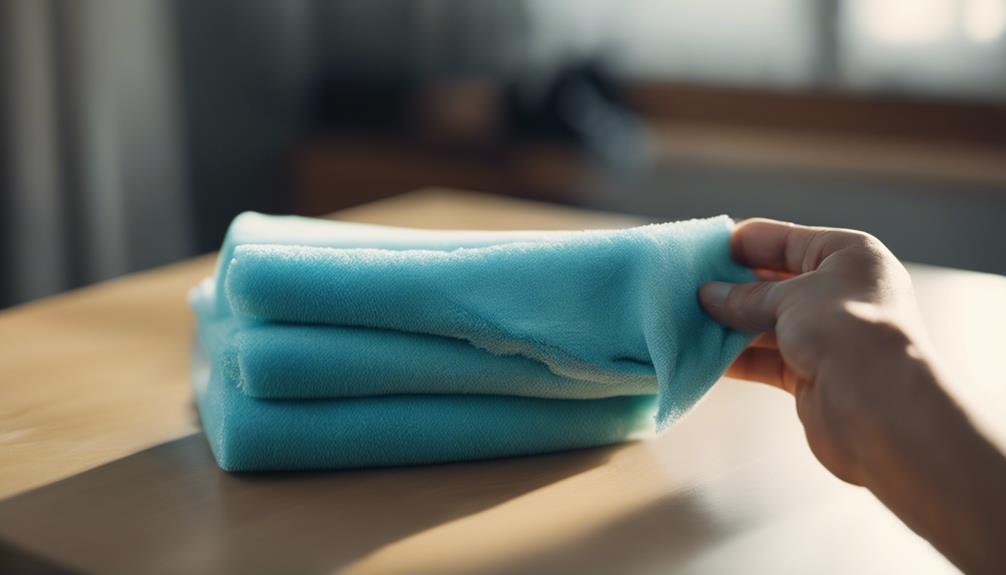




Your article helped me a lot, is there any more related content? Thanks!
Thanks for sharing. I read many of your blog posts, cool, your blog is very good.
Your article helped me a lot, is there any more related content? Thanks!
Thank you for your sharing. I am worried that I lack creative ideas. It is your article that makes me full of hope. Thank you. But, I have a question, can you help me?
https://storage.googleapis.com/digi464sa/research/digi464sa-(223).html
You’ll discover understated A-line clothes and fabulous sheath numbers.
I don’t think the title of your article matches the content lol. Just kidding, mainly because I had some doubts after reading the article.
Thanks for sharing. I read many of your blog posts, cool, your blog is very good.